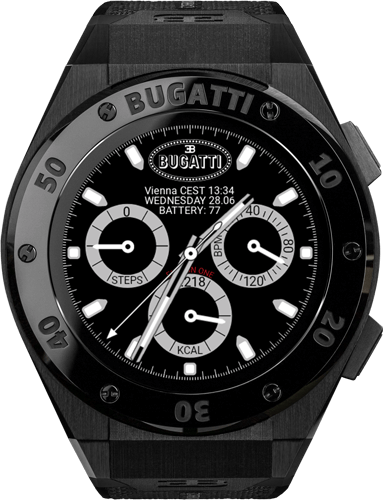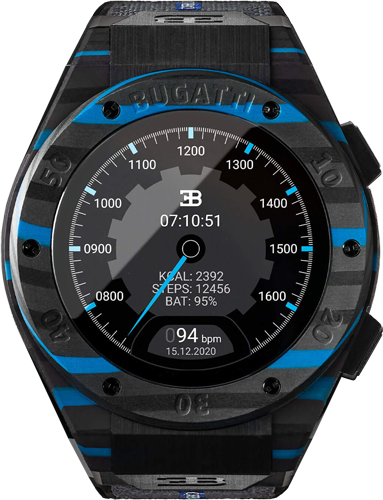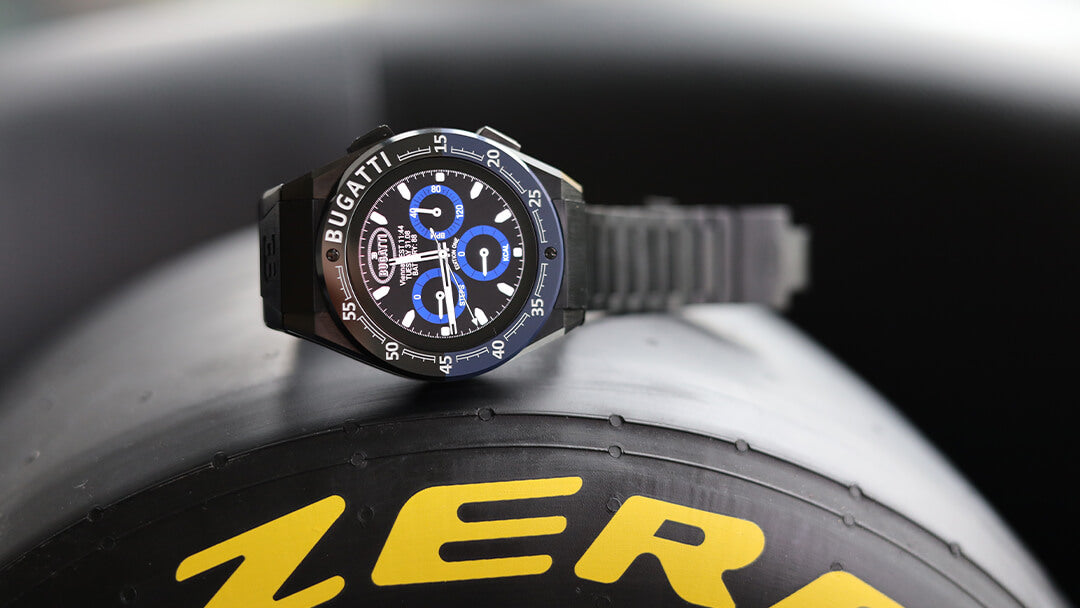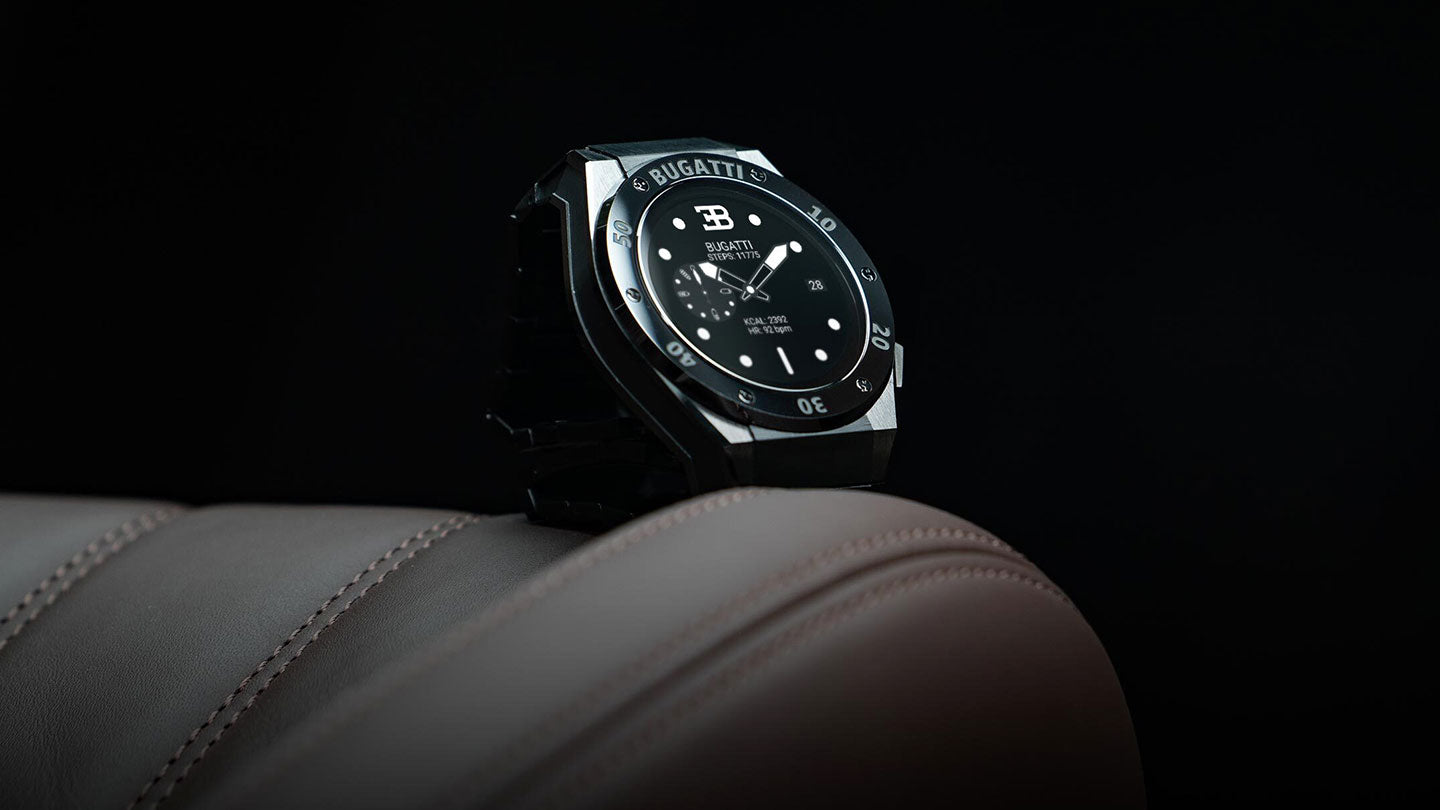When you think of ceramics, the first thing that comes to mind is probably coffee cups or other tableware. But ceramics are also available as a high-tech variant. For example, ceramic is used for joint implants or fuel cell membranes - or for high-quality watches.
The first ceramic watch was presented by IWC as early as 1986. It was a "Da Vinci" with a ceramic case. Over the years, the material has been developed further and further. Today, for example, the Omega Speedmaster, "The Dark Side of the Moon" or the Hublot Big Bang Unico Red Magic rely on ceramic cases. No wonder, because ceramic is almost perfect for watchmaking. It's lightweight, hypoallergenic, scratch-resistant, and you hardly notice any signs of wear, even after years. It retains its luster for decades and even UV light can't harm it.
High-tech ceramics are made of zirconium oxide powder. During firing in a kiln, called sintering, the ceramic is heated to over 1400 degrees and shrinks by about 28%. This requires precise planning in the manufacturing process so that all parts subsequently fit together seamlessly. The shrinkage results in an extremely high density. This makes the ceramic robust and scratch-resistant; it is much harder than steel, but lighter weight and therefore more comfortable. This in turn leads to a high level of wearer comfort. Ceramics are very skin friendly, so they are particularly suitable for allergy sufferers and people with sensitive skin.
Sintering is followed by the finishing process, which takes several days. Once the ceramic case is finished, it is about 500% harder than stainless steel.






